| Newsletter - 2008 Archive |
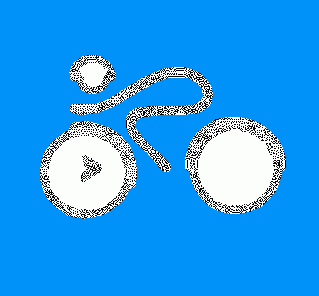
|
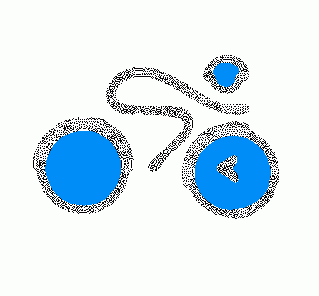
|
Cycling Club |
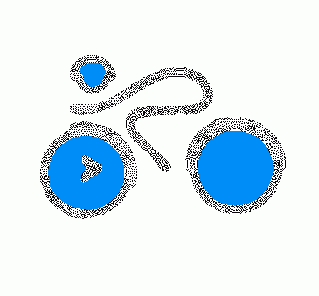
|

|
| Newsletter - 2008 Archive |

|

|
Cycling Club |

|

|
Next--->
|
Misc History Harold has
sent in a collection of photos along with this message. 2008, June 1st is the 50th anniversary of Dave Keeler's Lands End-John O'Groats record. It was the first beating of the record since pre WW2. Dave was deveastated when his record only stood for a few weeks when Tubby Randell knocked an hour or so off it. Tuillio Campagnlo's first gear (1933) mech comprised 2 levers on the right seat stay. One released the hub QR while other one was used to move the chain while back pedalling half a rev. The upper side of the fork end slots had a rack machined into them & the pinions were mounted on the rear hib spindle. Thus the back & forth movement of the wheel that dealt with chain slack was kept in line. It is amazing that Gino Bartali was able to win the Tour de France using that contrivence. The local connection to the PR gear is that Mike Arscott [Deirdre's dad], a colleague of Keeler's, was supposed to be on the E2E support team. But something got in the way. In 1950 Campag produced a briliant piece of engineering where the 2 functions were combined into one lever. It was named the "Paris-Roubaix" in honour of Fausto Coppi's win of the "Hell of the North" that year. In 1951 Campag followed the lead of the French and British manufacturers by producing a chain tensioning mechanism, the Gran Sport. It was a big advance on the racing gears that preceded it in that the gear levers (originally bar cons) pulled the gear onto bigger sprockets. The old Simplex & Huret gears released the cable when going into a lower gear. Not nearly as positive. The monochrome of Keeler was taken during the 1957 North Road 24. I rode that & finished at the same time keeper as Dave. However, I did 405 miles, Dave; 478. A series of detours that closed at a certain time meat that the field stayed fairly compact until the finishing circuit where a timekeeper was placed every 2 miles with pre-calculated tables. From those the timekeepers staff could assess where riders were at the expiration of their 24 hours. BTW: the info ont' top tube is wrong. 874 miles not 870. 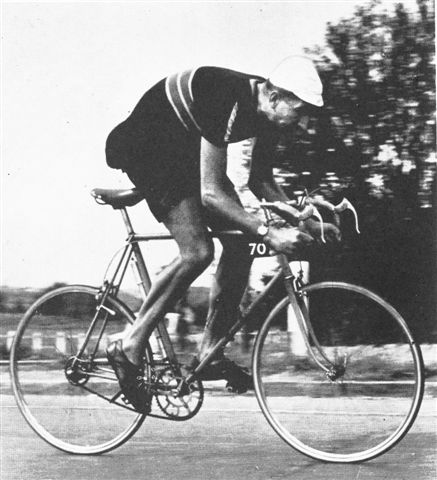  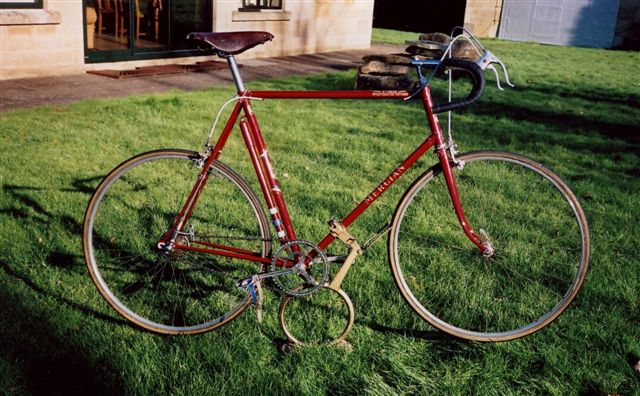 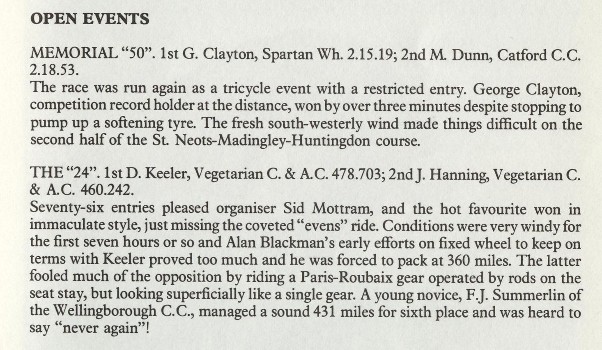 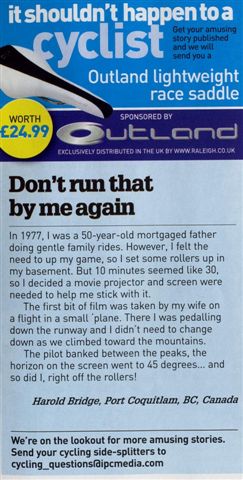
May 28, 2008 |
_